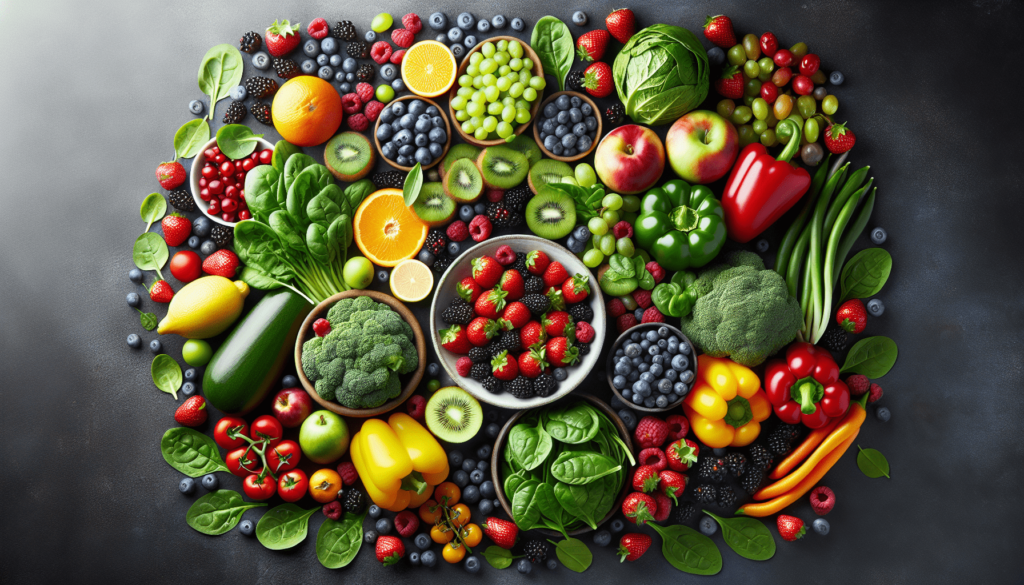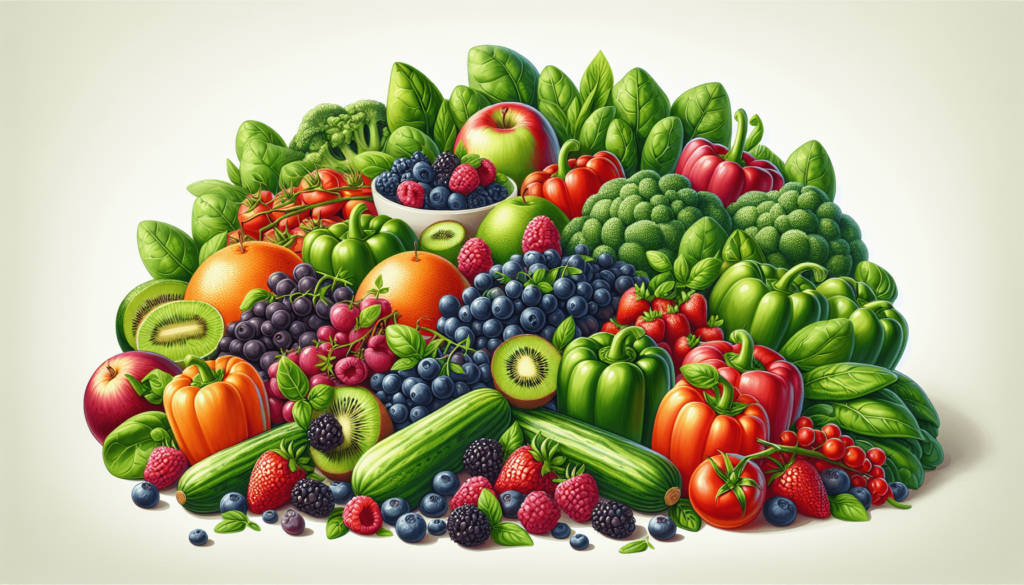Welcome to an article all about how to stay full and satisfied throughout the day with some clever nutritional hacks! From choosing high-fiber foods to incorporating protein-rich snacks, there are plenty of simple ways to keep hunger at bay and maintain your energy levels. With these tips, you’ll be able to curb your cravings and feel satisfied without overeating. Let’s dive in and explore the top nutritional hacks for fullness and satiety! Have you ever felt like you’re constantly hungry, no matter how much you eat? It can be frustrating trying to curb your appetite and feel satisfied after a meal. But fear not, because there are nutritional hacks you can incorporate into your diet to help you feel full and satisfied for longer periods. Let’s explore some of the top tips and tricks for achieving fullness and satiety through your food choices!
Understanding Fullness and Satiety
When it comes to feeling full and satisfied after a meal, it’s essential to understand the difference between fullness and satiety. Fullness is the physical sensation of being full, often experienced as a result of the volume of food consumed. Satiety, on the other hand, is the feeling of satisfaction and lack of hunger that comes after eating a meal. Achieving both fullness and satiety is key to maintaining a healthy and balanced diet.
Importance of Fullness and Satiety
Gaining a better understanding of fullness and satiety is crucial for managing your hunger levels and preventing overeating. Feeling full and satisfied after a meal can help you avoid snacking on unhealthy foods throughout the day and ultimately lead to better weight management and overall health. By incorporating the right nutritional strategies into your diet, you can maximize feelings of fullness and satiety, making it easier to control your appetite and make healthier food choices.

Top Nutritional Hacks for Fullness and Satiety
Now that we’ve covered the basics of fullness and satiety, let’s delve into some of the top nutritional hacks that can help you feel full and satisfied after meals. These tips are simple yet effective ways to promote feelings of satiety and curb your appetite throughout the day.
1. Focus on Fiber-Rich Foods
One of the most effective ways to increase fullness and satiety is by incorporating more fiber-rich foods into your diet. Fiber is a type of carbohydrate that the body cannot digest, so it passes through the digestive system relatively intact. This process helps slow down the emptying of your stomach and leads to a prolonged feeling of fullness.
Fiber-rich foods include fruits, vegetables, whole grains, legumes, nuts, and seeds. By increasing your intake of these foods, you can promote feelings of satiety and help control your appetite. Aim to include a variety of fiber sources in your meals and snacks to maximize the fullness-promoting effects of fiber.
2. Prioritize Protein
Incorporating protein-rich foods into your meals is another effective way to promote feelings of fullness and satiety. Protein is known to be more satiating than carbohydrates or fats, making it an essential nutrient for managing hunger levels. Including protein in your meals can help stabilize blood sugar levels and prevent rapid spikes and drops in energy.
Good sources of protein include lean meats, poultry, fish, eggs, dairy products, tofu, tempeh, and legumes. Try to include a source of protein in each meal and snack to help curb your appetite and promote feelings of fullness throughout the day. Protein-rich snacks can be particularly helpful for staving off hunger between meals.
3. Stay Hydrated
Did you know that dehydration can sometimes be mistaken for hunger? Staying properly hydrated is essential for maintaining optimal bodily functions, including digestion and appetite regulation. Drinking an adequate amount of water throughout the day can help prevent dehydration and promote feelings of fullness.
Aim to drink at least eight 8-ounce glasses of water per day, more if you are physically active or live in a hot climate. You can also increase your water intake by consuming hydrating foods like fruits, vegetables, and soups. In addition to water, herbal teas and other non-caloric beverages can help keep you hydrated and reduce feelings of hunger.

Combining Nutritional Hacks for Maximum Fullness and Satiety
While each of the above nutritional hacks is effective on its own, combining them can amplify their effects and help you achieve maximum fullness and satiety after meals. By incorporating a variety of fiber-rich foods, protein sources, and hydrating beverages into your diet, you can create a well-rounded eating plan that promotes feelings of fullness and satisfaction throughout the day.
Sample Meal Plan for Fullness and Satiety
To give you an idea of how to combine these nutritional hacks into your meals, here’s a sample meal plan designed for maximum fullness and satiety:
| Meal | Food Choices |
|---|---|
| Breakfast | Greek yogurt with berries and nuts |
| Snack | Apple slices with almond butter |
| Lunch | Grilled chicken salad with quinoa and vegetables |
| Snack | Hummus with cucumber slices |
| Dinner | Baked salmon with roasted sweet potatoes and broccoli |
By including a mix of fiber-rich foods (berries, nuts, vegetables), protein sources (Greek yogurt, chicken, salmon), and hydrating beverages (water, cucumber slices), this meal plan is designed to promote feelings of fullness and satiety throughout the day. Experiment with different food combinations and portion sizes to find what works best for you and your hunger levels.
Final Thoughts
Achieving fullness and satiety through your food choices doesn’t have to be complicated or restrictive. By incorporating a variety of nutrient-dense foods into your meals and snacks, you can promote feelings of satisfaction and prevent overeating. Experiment with different nutritional hacks, meal combinations, and portion sizes to find what works best for your body and lifestyle. Remember, everyone’s dietary needs and preferences are unique, so listen to your body and make adjustments as needed to optimize feelings of fullness and satiety.

